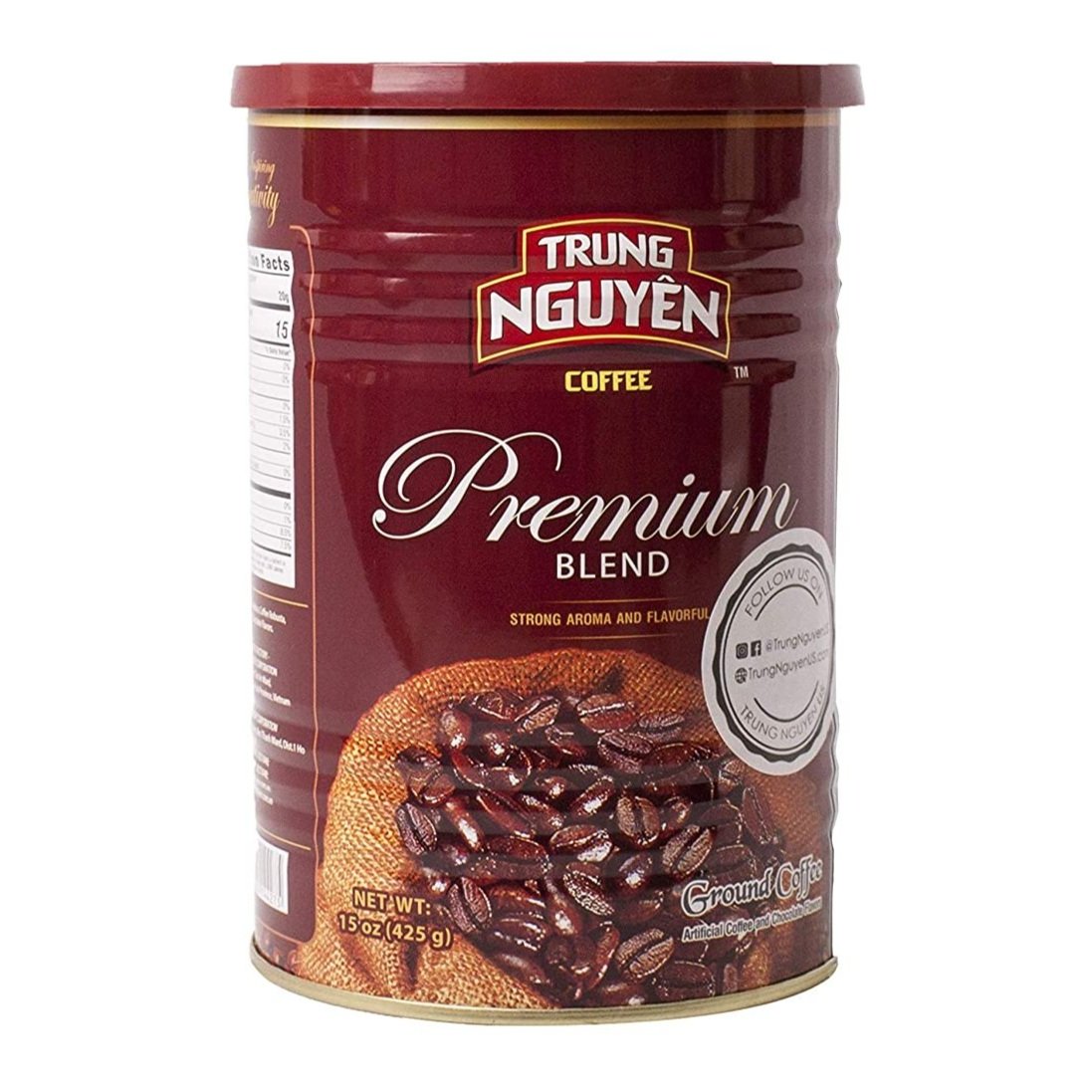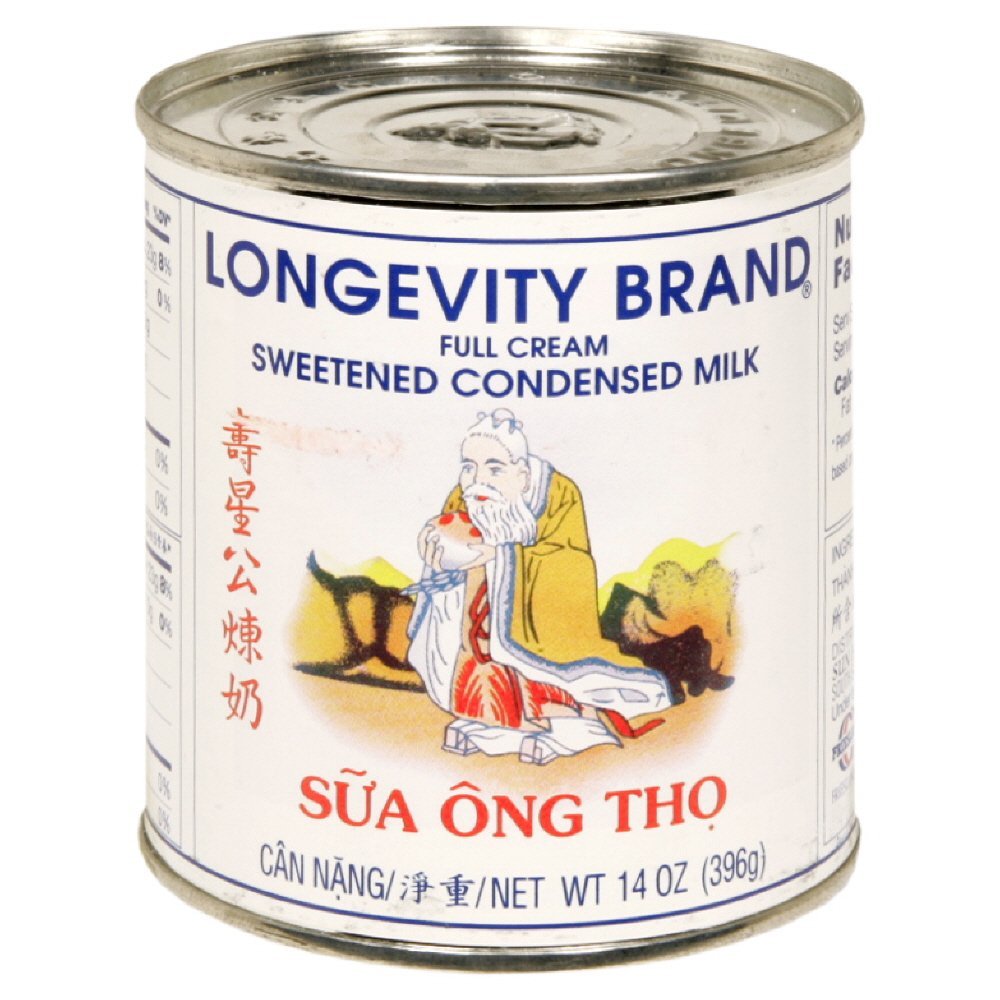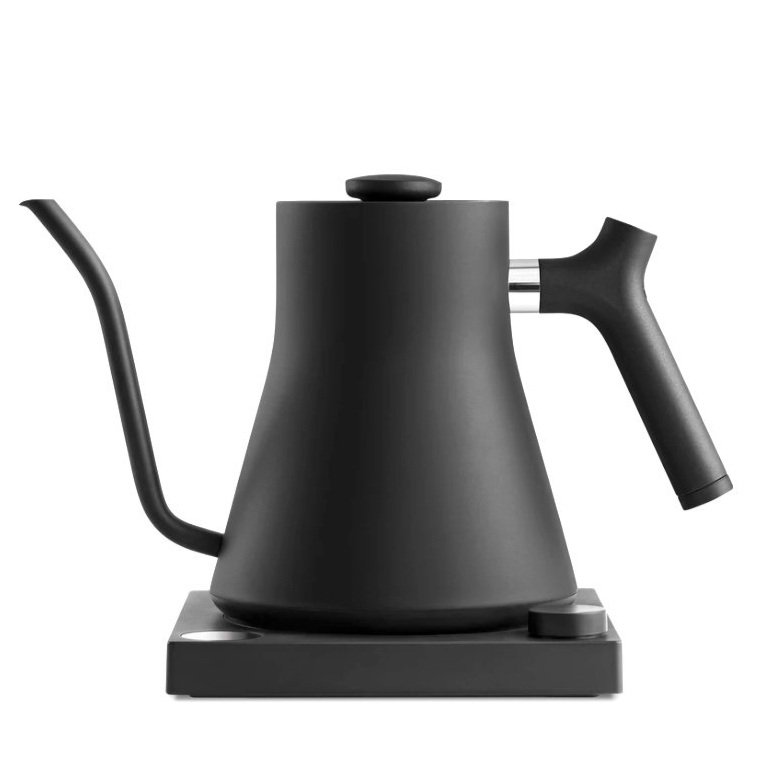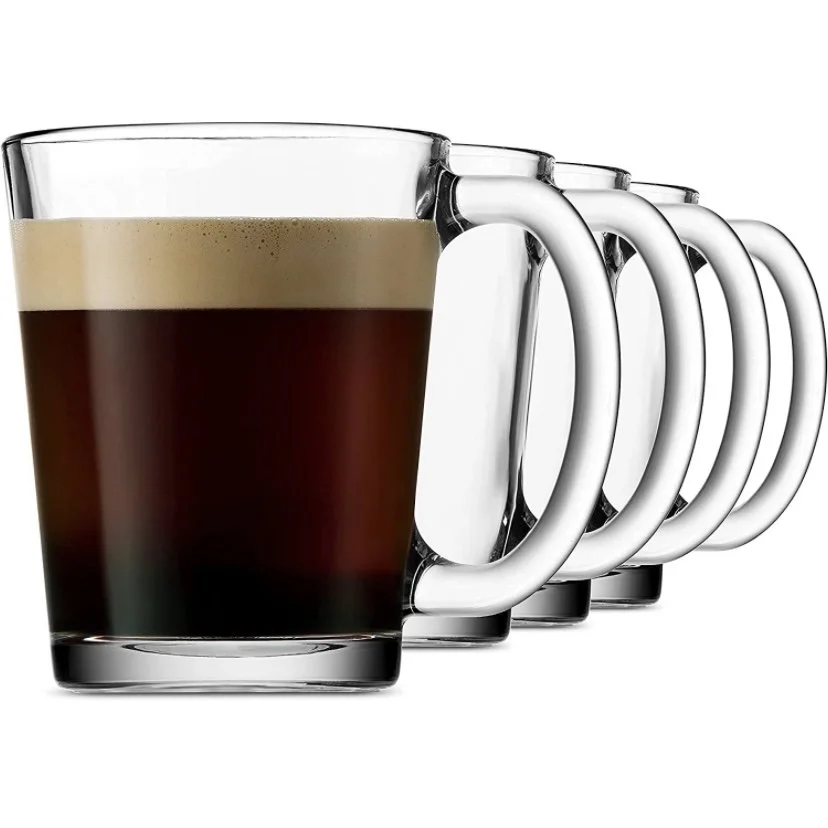Vietnamese Coffee

Also known as Cà Phê Sữa Nóng, it is an intensely strong and sweet coffee, made from dark roast coffee beans and sweetened condensed milk. Coffee culture in Vietnam is part of everyday life. It is more than just a quick jolt of energy to get through a long day. Vietnamese coffee is a casual have-it-at-any-time-of-the-day thing.
Think of coffee and you will probably think of Brazil, Colombia, or maybe Ethiopia. But the world's second largest exporter of coffee beans is Vietnam.
What is Vietnamese Coffee?
Unlike the normal drip coffee, Vietnamese coffee is stronger, bolder and thicker. It is made using medium to coarse ground dark roast Vietnamese-grown coffee, with a small metal Vietnamese drip filter. After the hot water is added, the drip filter releases drops of hot coffee slowly into a cup. There are many ways to enjoy it — black, over ice, with sweetened condensed milk, with eggs, with coconut, with yogurt etc.
What makes Vietnamese coffee different?
Coffee beans grown in Vietnam are usually robusta beans, which are known to be more bitter than globally popular arabica beans. Robusta beans grow at lower altitudes, have higher yields, hold less acidity, have a higher caffeine content, and are two times as strong as arabica coffee, yet less expensive.
Vietnam is now second in terms of worldwide coffee exports, after Brazil. It is also the world’s largest robusta producer and exporter, accounting for 40% of the world’s robusta coffee. The beans, roast, grind size, brew time and serving result in a unique cup of coffee with a pretty bold taste.
Origin of Coffee in Vietnam
Coffee was introduced to Vietnam by the French in the 19th Century. The land was quickly cultivated into plantations with the intention to develop steady cash crops and coffee became Vietnam’s major economic contributor. However, with the onset of the Vietnam War, coffee production was disrupted. Depopulation caused significant stalling in the production of Vietnamese coffee.
Once the war ended, coffee production was limited due to governmental restraints which prohibited private enterprises. It wasn’t until 1986, the decision was overturned and privately owned enterprises were permitted again. Following that, coffee production flourished. Today, Vietnam exports almost 1 million tonnes of coffee. Coffee is the second leading agro product coming out of Vietnam, rice being the first.
Which Vietnamese Coffee do you recommend?
Café Du Monde - A Vietnamese American staple! After the Vietnam war, millions of Vietnamese refugees resettled in America and they were forced to adapt. The flavor palette of Café Du Monde probably most resembled that of the streetside cà phê they would have back home in Vietnam. While chicory is not an indigenous Vietnamese ingredient, it gives the coffee a similar flavor to that of robusta, (the main variety grown and consumed in Vietnam) due to its earthy and deep flavor notes.
Trung Nguyen Coffee - This is the best-selling brand of coffee in Vietnam. With 800 coffeeshops throughout Southeast Asia and commercially exported internationally, it is a great option for people who favor a more traditional coffee. This is a lighter blend with low acidity. as a result, it provides a very smooth drinking experience.
Nguyen Coffee Supply — The first specialty Vietnamese coffee company in the United States importing via direct-trade and roasting in Brooklyn, New York. They carry a line of ethically sourced coffee offering both arabica and robusta, as well as a loyalty blend that includes mixture of both beans.
Shop Here — Café Du Monde, Trung Nguyen Coffee, Nguyen Coffee Supply
What is this special Vietnamese Drip Filter?
Then there is also the unique brew method which requires a special drip filter, called Phin Cà Phê or Phin filter. It consists of a round, perforated plate, a brewing chamber, a perforated insert, and a cap to keep the heat of the water inside of the phin. Using a phin takes time, as the coffee requires several minutes to brew and drip slowly through the perforated plate into the waiting mug below. The phin also comes in different sizes, single serve is 4 oz but it can go up to 40 oz for a large batch brew, you know family style. The one we are using in the video is 15 oz — perfect for two because we love coffee!
Shop Here — 4 oz (a lungo aka large espresso), 8 oz (for one), 15 oz (perfect for two).
Why sweetened condensed milk?
Gosh, I think this is my favorite part of Vietnamese coffee. I love me some sweetened condensed milk. There are several reasons as to why sweetened condensed milk is preferred over regular hot milk.
Traditional Vietnamese coffee is very strong , so the concentrated and very sweet condensed milk is a natural pairing. The combination of the two create a perfectly balanced bittersweet flavor.
During the French Colonial period, dairy was non-existent in much of Southeast Asia. French expats living in Vietnam had to import it. But shelf life and transporting in large quantity was an issue. By removing water from the milk, the thick and sweetened liquid was able to survive long voyages and store much longer in dry room temperatures.
Which sweetened condensed milk do you recommend?
Longevity! — It’s the preferred Vietnamese brand of sweetened condensed milk. Original Longevity is made with more milk, which adds extra creaminess, and lightens coffee much better than Carnation or other brands available in America. Gold Longevity has a higher percentage of cream and gives the coffee a distinctly buttery taste.
Eagle Brand — They are rated as the sweetest and thickest in the American market. You can also find squeeze bottle versions of this condensed milk, which I think is super cool. Less clean up right?
Nature’s Charm — If you are vegan or trying to avoid dairy, this one is a great alternative. They even have a sugar free version.
Shop Here — Longevity, Gold Longevity, Eagle Brand, Nature’s Charm, Sugar Free Nature’s Charm.
Recipe | Serving Size: 1
What you will need
Coffee — I used Café Du Monde but Trung Nguyen is just as good!
Sweetened Condensed Milk — I used Longevity
Phin Filter in 15 oz
Kettle — I prefer an Electric Gooseneck Kettle, they give you greater control of flow rate and lets you be more precise with where you are pouring the water on the bed of coffee grounds.
Ingredients
Hot Water — 8-10 oz + 2 oz for preparing the cup
Coffee — 2-3 tbsp
Sweetened Condensed Milk - 1 tbsp
Hot Milk — just a splash (optional)
Directions
In a kettle (preferably electric with a gooseneck), boil 12 oz water.
Preheat the filter and a cup (preferably heat-resistant glass) by pouring a bit of boiling water (reserving 8-10 oz for the coffee) through it.
Place the brewing chamber (with black handles) on top of the base (looks like a saucer). Add ground coffee to the chamber, try to spread them evenly.
Shake the base saucer gently and check underneath and wipe off any loose particles.
Add sweetened condensed milk to the cup. If you prefer your coffee a little bit more milky, add a splash of milk to the cup as well.
We like our coffee milky, so I like to mix the condensed milk with a little bit of hot milk ahead of time in a little jar.
Place the Phin filter with coffee on top of the cup. Insert the mini plunger at the center of the brewing pot, and press gently.
Pour 2 tbsp of hot water to the chamber, wait 30 seconds to let the coffee bloom.
What is blooming? — Coffee gives off carbon dioxide for about two weeks after it is roasted. Adding hot water speeds up the degassing process, making the CO2 to escape faster. Blooming allows the water to fully absorb the flavor from the beans and not the sour taste from carbon dioxide.
Add the remaining hot water and cover with the lid. Wait for the coffee liquid to drip into the teacup.
The boiling hot liquid should cook the condensed milk a little bit. Use a spoon to stir and dissolve the sweetened condensed milk.
Adjust your preference in cream and sugar by adding more sweetened condensed milk and/or milk.









